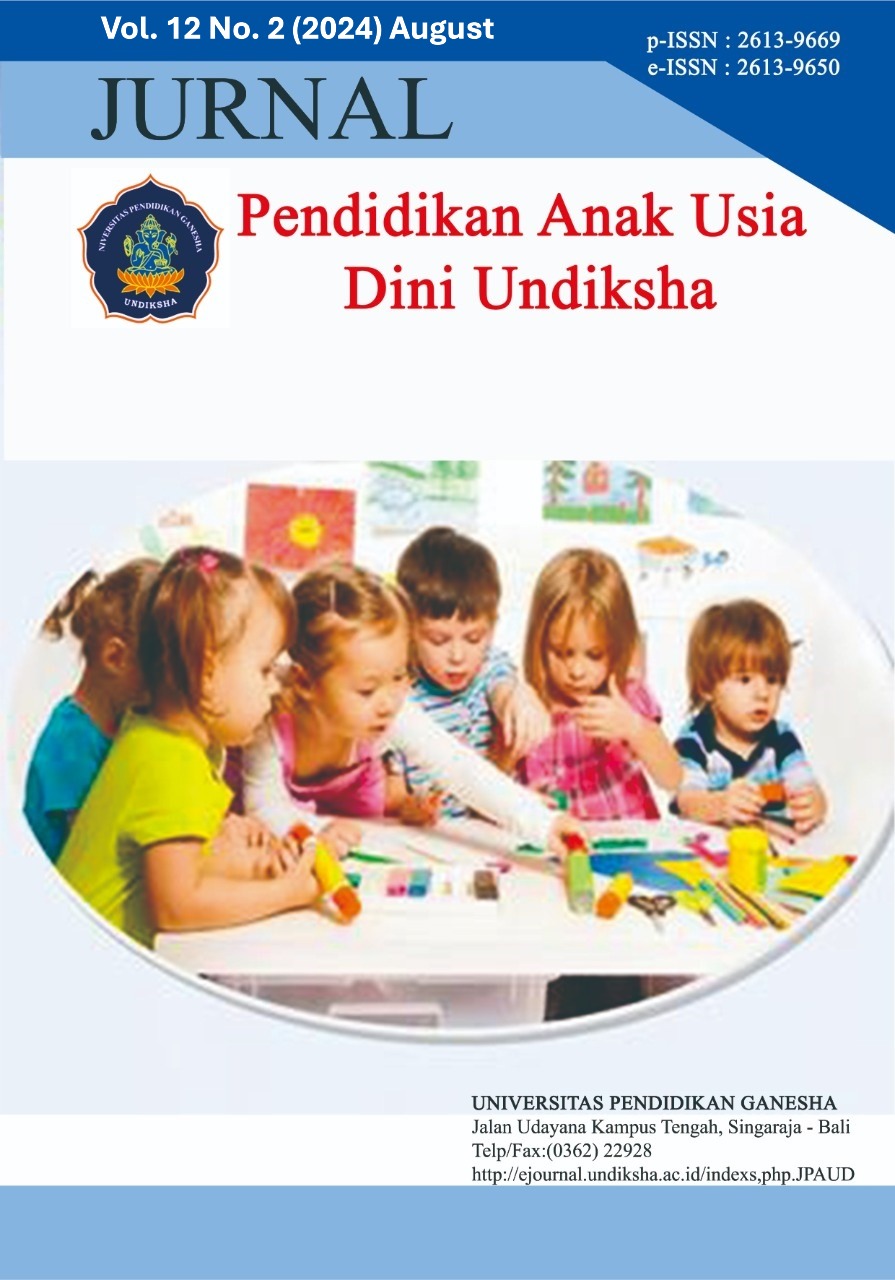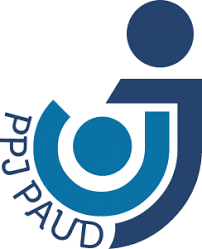Foot Hula Hoop Game: An Innovative Approach to Stimulating Agility in Early Childhood Education
DOI:
https://doi.org/10.23887/paud.v12i2.76524Keywords:
Game, Foot Hulahop, Agility, Children Aged 5-6 YearsAbstract
The issue identified in this study is the low level of agility in children aged 5-6 years, which affects their motor skills. One way to address this issue is through games that can stimulate the agility of children. The aim of this study is to develop a foot hula hoop game that is suitable for stimulating agility in children aged 5-6 years. This research employs the Research and Development (R&D) method, adapted from the Borg and Gall model as modified by Sugiyono. The study follows nine steps: identifying potential and problems, data collection, product design, product design validation, product design revision, small group trial, revision based on small group trial results, large group trial, and final product refinement. Quantitative data were collected through questionnaires validated by early childhood game experts, content experts, and user validation (teachers) during the small and large group trials. Qualitative data were obtained from expert feedback, teacher input, initial interviews, and observational notes. The research subjects were 5-6-year-old children, with 6 children involved in the small group trial and 41 children in the large group trial. The conclusion of this study is that the foot hula hoop game is highly suitable for stimulating agility in children aged 5-6 years.
Published
How to Cite
Issue
Section
License
Copyright (c) 2024 Irana Anwar, Pramono, Munaisra Tri Tirtaningsih

This work is licensed under a Creative Commons Attribution-ShareAlike 4.0 International License.
Authors who publish with the Jurnal Pendidikan Anak Usia Dini Undiksha agree to the following terms:
- Authors retain copyright and grant the journal the right of first publication with the work simultaneously licensed under a Creative Commons Attribution License (CC BY-SA 4.0) that allows others to share the work with an acknowledgment of the work's authorship and initial publication in this journal.
- Authors are able to enter into separate, additional contractual arrangements for the non-exclusive distribution of the journal's published version of the work (e.g., post it to an institutional repository or publish it in a book), with an acknowledgment of its initial publication in this journal.
- Authors are permitted and encouraged to post their work online (e.g., in institutional repositories or on their website) prior to and during the submission process, as it can lead to productive exchanges, as well as earlier and greater citation of published work. (See The Effect of Open Access)











